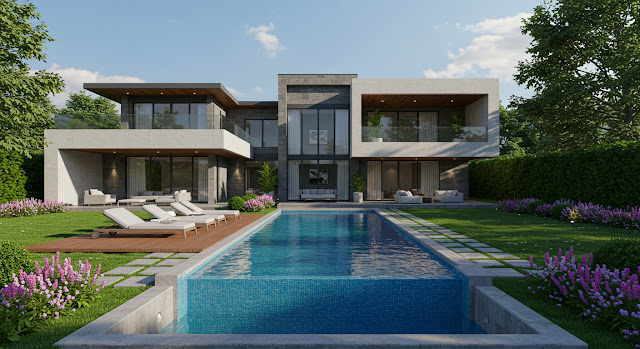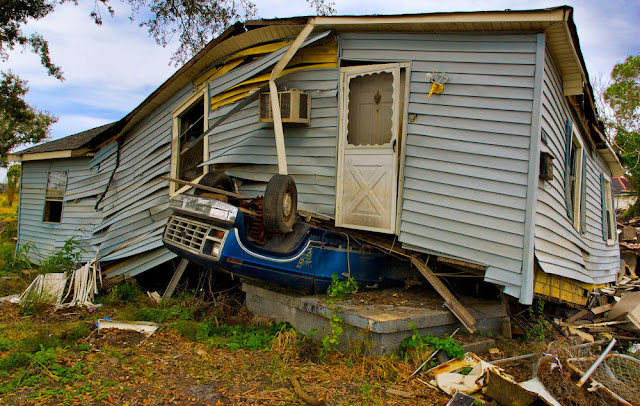Le Corbusier’s Worst Ideas (And Why They Won’t Die)
Few figures in modern architecture have cast a shadow as long—or as controversial—as Charles-Édouard Jeanneret, better known as Le Corbusier. Celebrated as a pioneer of modernism, a visionary urban planner, and a theorist of radical clarity, Le Corbusier helped redefine 20th-century architecture. But not all of his ideas have aged well. In fact, some of them, once hailed as revolutionary, now seem dystopian, dehumanizing, or simply disastrous in practice.
Yet, like brutalist concrete itself, these bad ideas persist. They survive in city plans, zoning codes, and architectural mindsets. Why? Because Le Corbusier’s legacy is more than a set of buildings—it’s an ideology. And ideologies are notoriously hard to demolish.
1. The Radiant City: A Blueprint for Alienation
Le Corbusier’s Ville Radieuse (Radiant City) proposed replacing the chaotic, “irrational” city with perfectly zoned, high-rise towers in vast green spaces. At first glance, it was a utopia: clean, efficient, modern. In practice, it became the DNA for some of the most notorious urban failures of the 20th century—from the crumbling housing estates of the American inner city to the sterile “tower-in-the-park” blocks of postwar Europe.
The problem? These designs treated people like data points. Streets, markets, randomness, and complexity—the lifeblood of cities—were eliminated in favor of geometric purity and automotive logic. Community was paved over with highways. The result: isolation, crime, and cultural dead zones.
Yet the Radiant City still haunts planning departments. The dream of perfectly ordered cities lives on in tech-driven “smart city” proposals and endless suburban sprawl: environments optimized for cars, not humans.
2. Zoning Utopias: Separating Life Into Boxes
Le Corbusier believed in strict functional zoning: living, working, leisure, and traffic each in their designated zone. It’s neat. It’s rational. It’s also a recipe for lifeless cities.
His model gave birth to zoning laws that ban “mixed use,” ensuring people need to drive just to meet basic needs. In contrast, traditional cities grow organically—housing above shops, cafés next to workplaces, chaos stitched together with purpose. That messiness fosters chance encounters, innovation, and culture.
Today, urban planners are scrambling to reintroduce mixed-use neighborhoods, but the ghosts of Le Corbusier’s tidy abstraction still linger in the codebooks of cities around the world.
3. The Machine for Living In
Le Corbusier famously called the house “a machine for living in.” It was a declaration of war on ornament, tradition, and emotional mess. His minimal, industrial aesthetic—flat roofs, pilotis, ribbon windows—was intended to serve the needs of modern man.
But people don’t live like machines. We crave warmth, texture, history. His machine ethos birthed brutalist public housing, where dignity was supposed to be found in concrete slabs. Instead, they became symbols of abandonment.
Still, his stylistic purity continues to seduce architects and developers who mistake minimalism for virtue. Sleek “Corbusian” boxes fill magazines and real estate listings—even when they ignore climate, culture, or comfort.
4. Top-Down Planning: The God’s-Eye View
Le Corbusier approached city planning like a chess master hovering over a board. His vision was omniscient, top-down, and totalizing. There was little room for mess, resistance, or evolution. It’s the kind of mindset that appeals to authoritarian regimes—and indeed, many adopted his ideas.
But cities are not machines. They are ecosystems. They thrive when they grow from the bottom up, when people shape their own spaces. Le Corbusier’s legacy of centralized planning remains entrenched in megaprojects that erase neighborhoods, displace communities, and fail to adapt.
Why His Worst Ideas Won’t Die
There’s a reason Le Corbusier’s flawed visions endure: they promise simplicity in a messy world. They offer control, order, and visual coherence. For bureaucrats, developers, and governments, they’re tempting—efficient, scalable, and easy to regulate.
And for architects, his legacy offers a seductive aesthetic and intellectual lineage. To reject him outright can feel like heresy. But reverence without critique is dangerous. It’s how bad ideas become dogma.
Conclusion: Time to Move On?
Le Corbusier gave us important tools—modularity, abstraction, efficiency. But when his theories are applied uncritically, they suck the soul out of urban life. It's time to treat his legacy not as scripture, but as cautionary tale.
Cities are not blank slates. They are living, breathing cultures. The worst of Le Corbusier’s ideas survive because they appeal to our desire to simplify and control. But human life is neither simple nor easily controlled.
If we want better cities, we have to start by letting go of the worst parts of Le Corbusier’s vision—and finally allow our streets, homes, and neighborhoods to be designed for people, not principles.








_1.jpg)
_2.jpg)
_1.jpg)
_2.jpg)
_1.jpg)
_2.jpg)
_1.jpg)
_1.jpg)
_2.jpg)
_1.jpg)
_2.jpg)
_1.jpg)
_2.jpg)






















